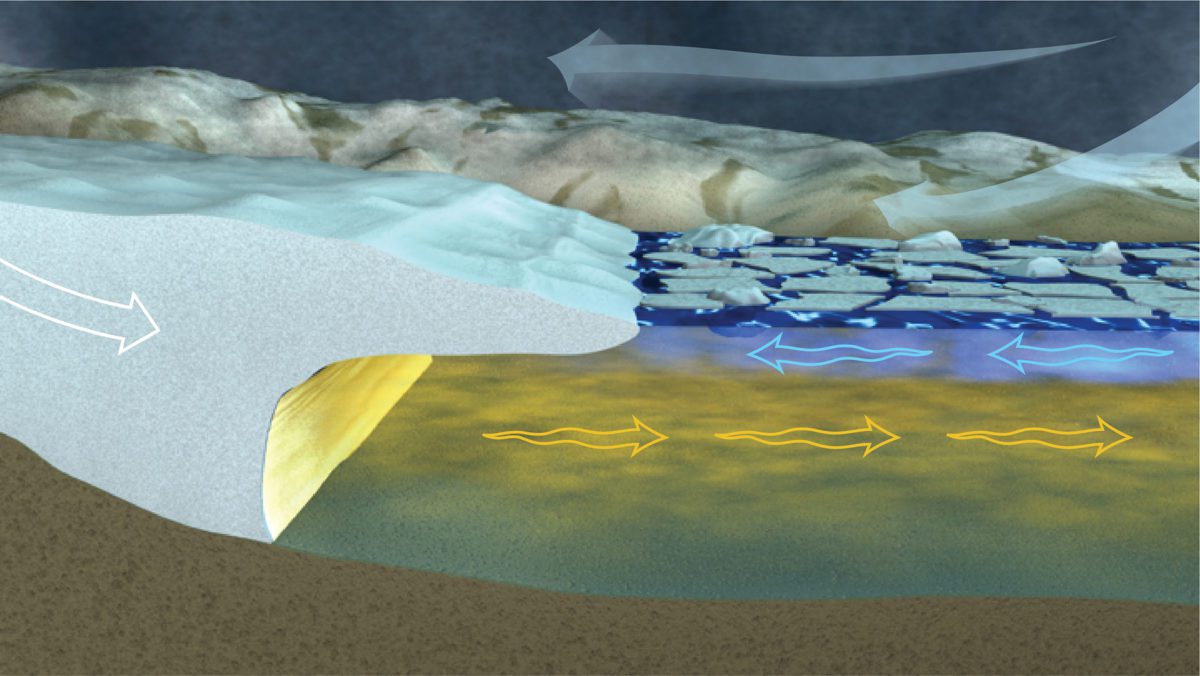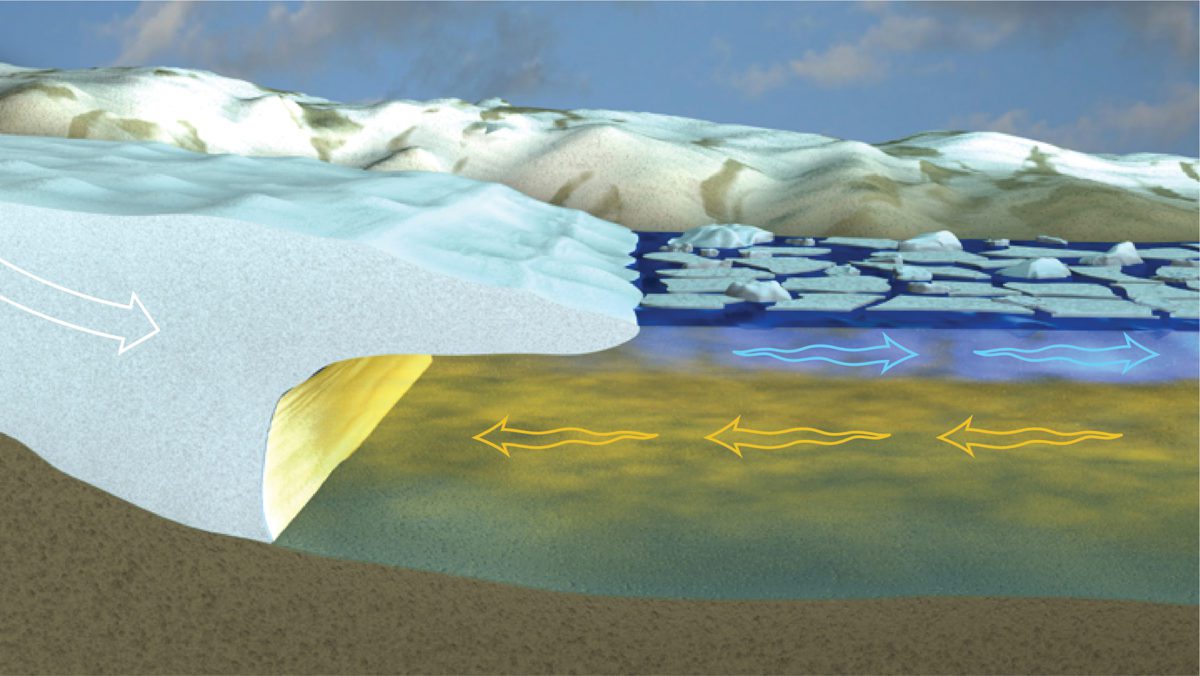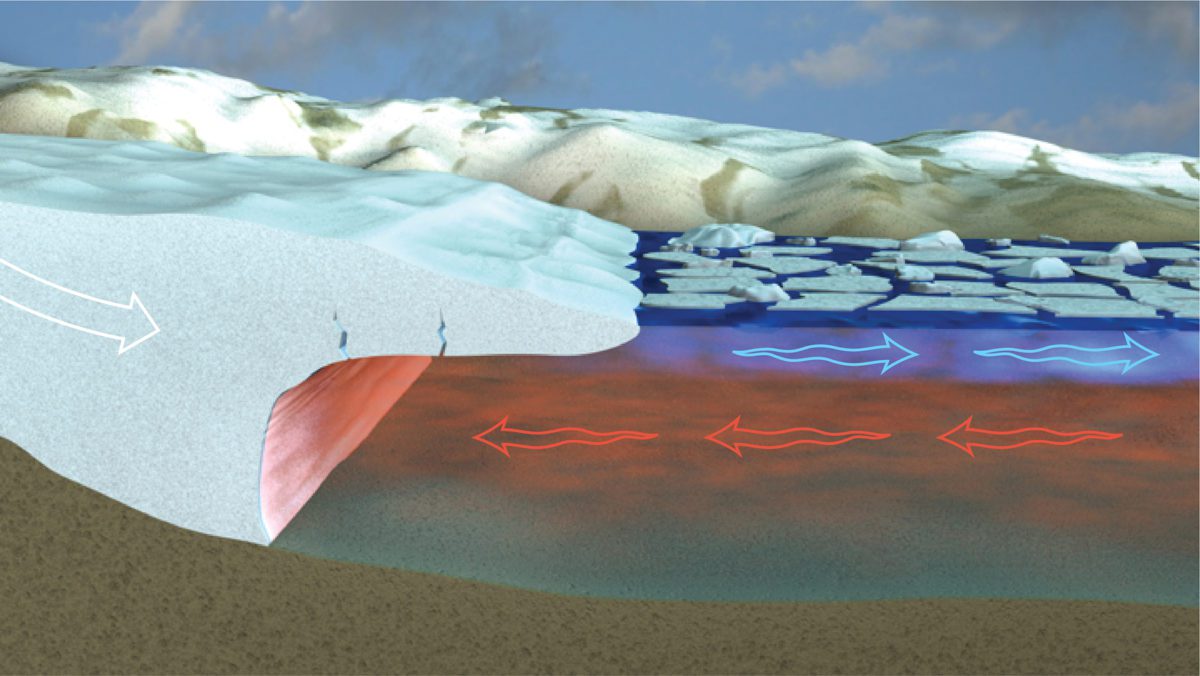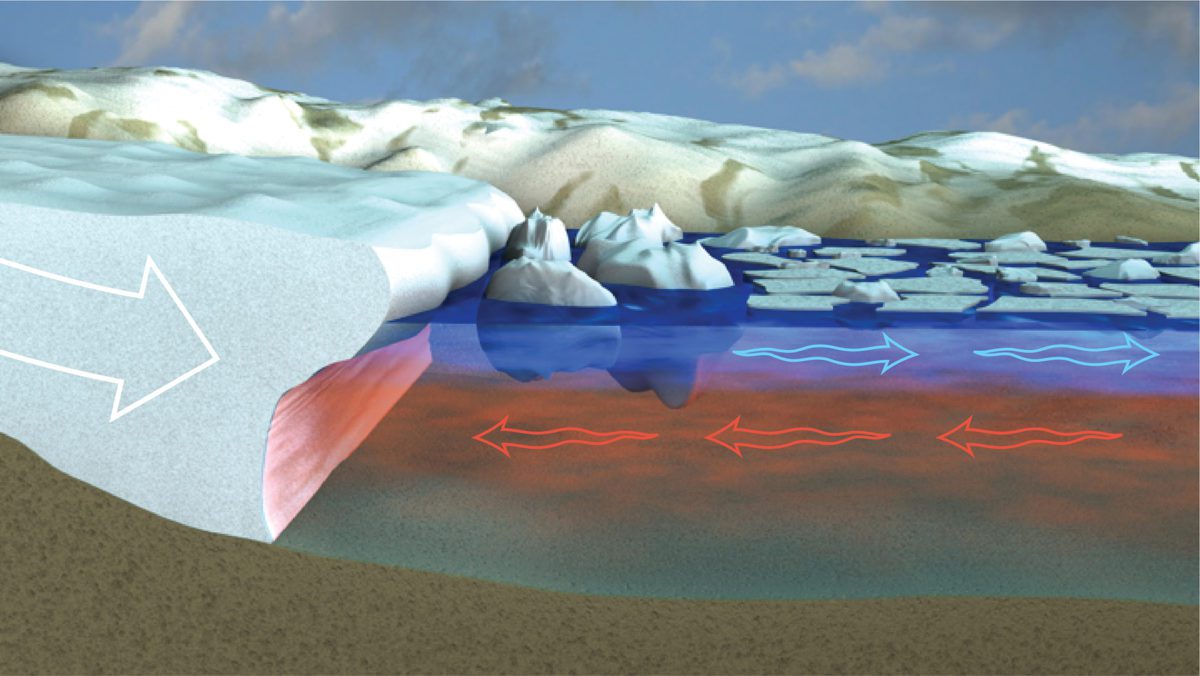Effects of winds on glaciers flowing from the Greenland ice sheet into fjords
Illustrations by Jack Cook, © Woods Hole Oceanographic Institution
Image and Visual Licensing
WHOI copyright digital assets (stills and video) contained on this website can be licensed for non-commercial use upon request and approval. Please contact WHOI Digital Assets at images@whoi.edu or (508) 289-2647.




